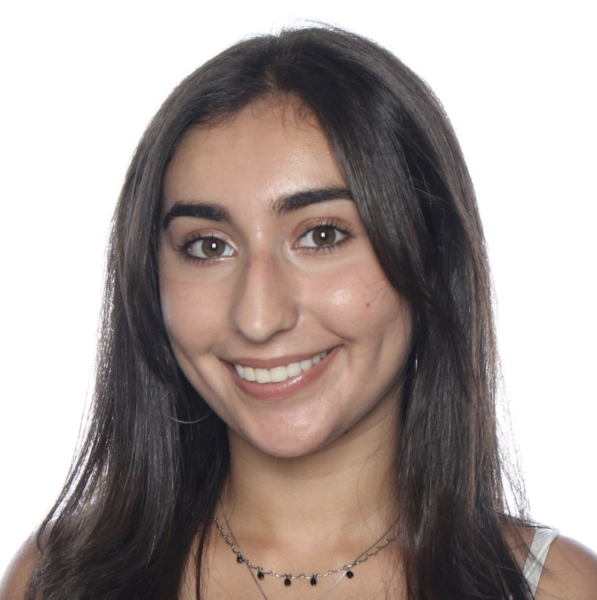The passageway between the Page Street and Oak Street campuses reopened on Sept. 17. It marked the first direct connection of the two main buildings since construction began on the new Performing Arts and Community Center (PACC) more than 19 months ago. A culmination of more than a year and a half of construction, the passageway unifies Urban’s buildings to create an accessible and connected campus community.
Construction began on the PACC in February 2023 after nearly 25 years of dreaming and planning. The PACC is set to open on Nov. 1. Director of Development Anna Lee, who raised funds for the construction of the PACC, said, “I’ve been associated with this project for a very long time — in fact, since I started working here in 2009. Even before that time, the board was actively researching a variety of options to expand the school’s facilities.”
The passageway serves as the first open part of the PACC to be unveiled to the community. “I don’t think we appreciate how important something is until we don’t have it for awhile. … It’s so nice to have the passageway back,” Lee said. “It’s connecting the school and making us feel more like a campus.”
The new passageway increases accessibility by eliminating the two flights of stairs from the previous route and widening the path. Managing the difference in elevation of about 10 feet between Page Street and the Salkind Center posed a major technical challenge in the passageway’s construction. Construction workers met requirements for handicap accessibility by using four to five feet of highly dense foam and cement to raise the northern side of the passageway.
“I think the accessibility element is another dimension of … creating a community and culture that provides equal access to all its members,” Head of School Dan Miller said.
The new passageway also aims to reduce traffic for students by adding additional walkways on the north and west sides of the PACC. “[The passageway] joins the whole campus,” Miller said. “It even exceeded my expectations, because it feels significantly wider and brighter than even I hoped for.”
Faculty and students celebrate the new possibilities the passageway brings. “I just feel like I’m teleporting to different buildings now,” Sami Lee ‘25 said. “There’s less time concern, and it [has] opened the door to … more food options.”
Chef David described his experience of taking the passageway for the first time. “To be honest, it was euphoric, because it was so much easier to get to Page Street,” he said. “[A lot of] what Flik … does every day is take a lot of food to Page Street.” The accessible passageway allows Flik to more easily transport carts of food from one campus to another without having to wheel them around the block.
Sam Littlefox was one of the first faculty members to take the new passageway from the Salkind Center to Page Street. “I’ve … been really appreciative of how easy the passageway has made it to get back and forth between our two buildings. It’s connected our campus in a way that’s super exciting,” she said. “My hope is that it bridges the two campuses and helps us … reconnect as a community.”
Lee discussed the passageway’s unity referenced by Littlefox. “With this passageway, two campuses become one.”


